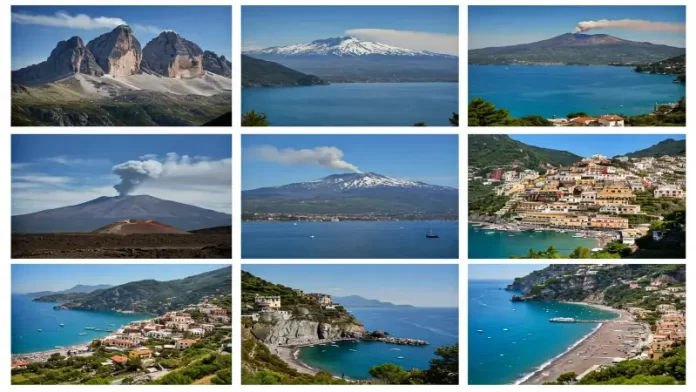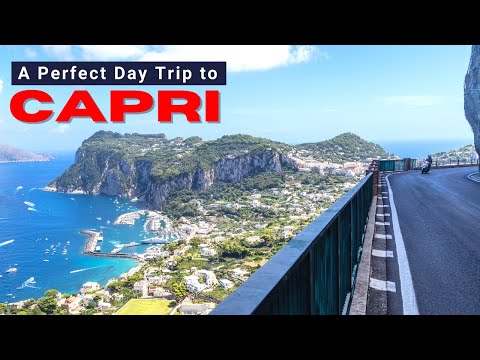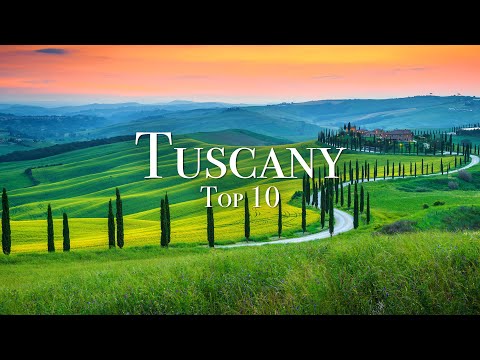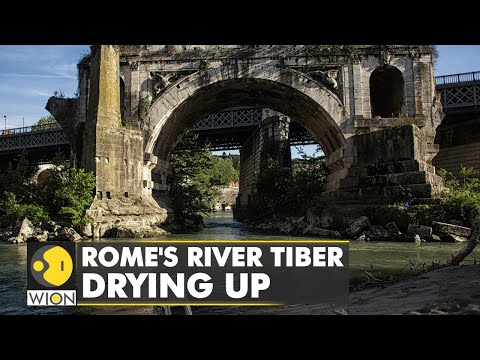Table of Contents
Italy’s Unforgettable Landscapes: Beyond the Colosseum
Italy! Just saying the name conjures images, doesn’t it? Pizza, pasta, ancient ruins, Renaissance art… its all incredible, truly. But hold on a second. Beyond the bustling cities and historical marvels, there’s a whole other side to Bel Paese a wilder, more elemental Italy shaped by fire, ice, and water. We’re talking about landscapes so dramatic, so beautiful, they make you stop and just… breathe.
Geographically speaking, Italy is this amazing, long boot kicking out into the Mediterranean, bordered by the Adriatic Sea to the east and the Tyrrhenian Sea to the west. This unique position gifts it an insane variety of natural features. Think towering Alpine peaks, fiery volcanic islands, serene lakes reflecting snow-capped mountains, rolling hills bathed in golden light, and rivers carving paths through history. It’s a geologist’s dream and a nature lover’s paradise.
Picking just a few highlights? Now that’s tough. Italy is practically overflowing with natural beauty spots, many tucked away and known only to locals. But some places? They have a reputation that precedes them, drawing awe from across the globe. We’ve tried to wrangle just seven of these renowned natural wonders for you. Ready to explore the wild heart of Italy? Let’s dive in!
1. Mont Blanc: The Majestic ‘White Mountain’
Okay, let’s start big. Really big. Say hello to Mont Blanc, or Monte Bianco in Italian. Straddling the border between Italy (in the Aosta Valley) and France, this isn’t just Italy’s highest peak its the undisputed monarch of the Alps, Western Europe, and the entire European Union (depending on how you count). Towering at around 15,782 feet (4,810 meters) – though the exact height shifts a bit with the snowcap – its sheer scale is mind-boggling.
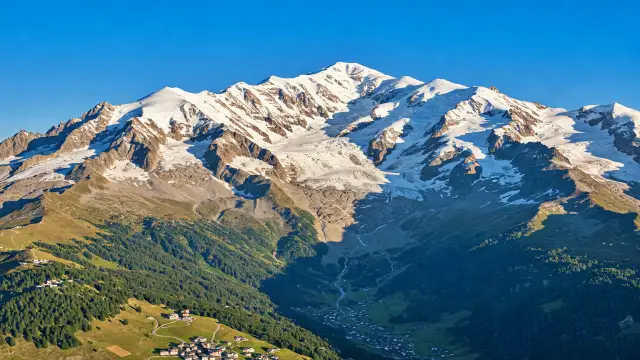
Imagine: colossal glaciers grinding down its flanks, razor sharp ridges etching the skyline, and slopes draped in eternal snow. It’s a playground for serious mountaineers, sure, but you don’t need ropes and crampons to appreciate its grandeur. Towns like Courmayeur on the Italian side offer jaw dropping views right from your hotel window or a café terrace. Taking the Skyway Monte Bianco cable car? It’s an experience that literally takes your breath away, whisking you up towards the heavens for panoramic views that stretch for miles. The forces that pushed these rocks skyward millions of years ago, they really did some job. Standing there, gazing at this giant, you feel incredibly small, yet somehow connected to something immense and ancient.
2. Vulcano: Where Myth Meets Molten Earth
Next, we head south. Way south, off the coast of Sicily, to the Aeolian Islands. Among these volcanic gems lies one aptly named Vulcano. This isn’t just a name; it’s the OG volcano, the place the ancient Romans believed housed the forge of Vulcan, the god of fire. How cool is that?
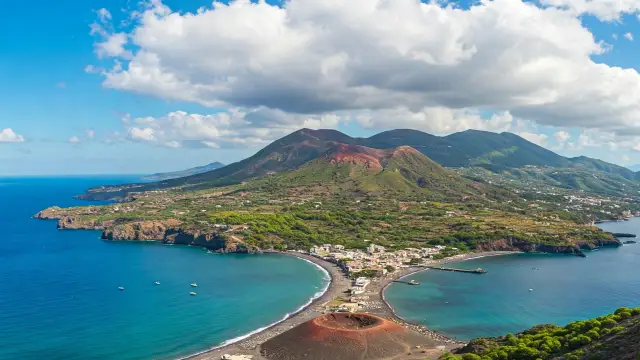
Vulcano is relatively small, just one of the eight main Aeolian islands scattered in the Tyrrhenian Sea, about 25 km north of Sicily. But don’t let its size fool you. This place smolders. Literally. You can hike up the main crater, the Gran Cratere, and witness fumaroles hissing sulfurous gases straight from the Earth’s belly (don’t worry, it’s carefully monitored!). The smell is… distinctive, let’s say, but the views from the rim, looking out over the other islands? Absolutely worth the slightly eggy aroma. Down below, you can relax on black sand beaches or even take a dip in the therapeutic mud baths (fanghi), renowned for their skin benefits. It’s a raw, primordial landscape, a constant reminder of the fiery power simmering just beneath the surface. Visiting Vulcano feels like stepping back to a time when the world was still being forged. Its quite an experience.
3. Lake Garda: Italy’s Glittering Inland Sea
From fire to water, let’s travel north to Italy’s largest lake: Lake Garda (Lago di Garda). Nestled between the Alps and the Po Valley, roughly halfway between Brescia and Verona, this vast expanse of freshwater is a world unto itself. Formed by glacial action during the last Ice Age, its southern shores are wide and gently rolling, fringed with vineyards and olive groves, giving way to dramatic cliffs and mountains in the north, where it feels almost fjord-like.
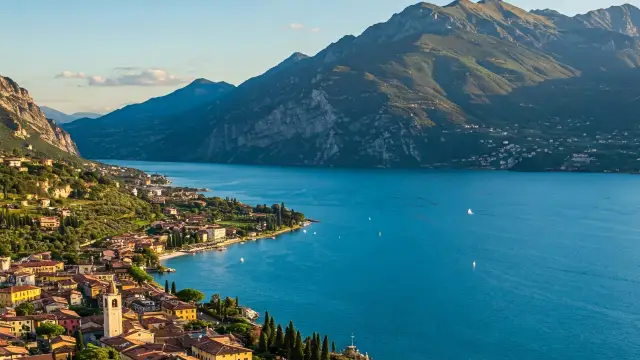
Lake Garda is huge – you could spend weeks exploring its shores and still discover new things. Charming towns like Sirmione (with its Scaliger Castle seemingly floating on the water), Riva del Garda (a windsurfing hotspot), Malcesine (with another stunning castle and cable car up Monte Baldo), and Limone sul Garda (famous for its historic lemon groves) dot its perimeter. The water itself is incredibly clear and shifts through shades of blue and green depending on the light. You can swim, sail, kayak, windsurf, or simply sit by the shore with a gelato and soak it all in. The sheer size and variety of landscapes around Lake Garda make it feel less like a lake and more like a miniature, freshwater sea. And the way the mountains plunge into the water up north? Chef’s kiss.
4. The Dolomites: Jagged Peaks and Alpine Meadows
Prepare for some serious neck-craning. Welcome to the Dolomites (Dolomiti), a mountain range in northeastern Italy that looks like something straight out of a fantasy novel. Part of the Southern Limestone Alps, these mountains are famous for their distinctive pale, jagged peaks that turn a breathtaking pinkish-purple at sunrise and sunset – a phenomenon called enrosadira. Honestly, seeing it happen feels magical.
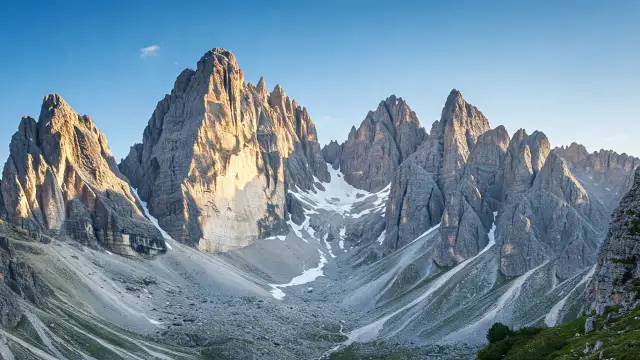
Stretching roughly from the River Adige in the west to the Piave Valley in the east, the Dolomites aren’t just pointy rocks; they’re a UNESCO World Heritage site celebrated for their unique geology (they’re largely formed from fossilized coral reefs!) and stunning beauty. Think sheer rock walls, towering spires, deep valleys carpeted with wildflowers in summer, and picture-perfect alpine villages. It’s a paradise for hikers, climbers, skiers, and anyone who just appreciates ridiculously dramatic scenery. Places like the Tre Cime di Lavaredo (Three Peaks of Lavaredo) or the Alpe di Siusi (Europe’s largest high-altitude alpine meadow) are iconic for a reason. Driving the scenic routes, like the Great Dolomites Road, offers one spectacular vista after another. There really aren’t no other mountains quite like them anywhere else.
5. The Blue Grotto: Capri’s Ethereal Light Show
Let’s head back south again, to the glamorous island of Capri in the Bay of Naples. While Capri boasts stunning cliffs and chic towns, its most famous natural wonder is hidden away at sea level: the Blue Grotto (Grotta Azzurra).
Picture this: you board a small rowing boat, lie back almost flat as your skilled boatman guides you through a tiny, low opening in the cliff face (timing it perfectly with the waves!). Suddenly, you’re inside a cavern unlike any other. The water below glows with an almost supernatural, iridescent blue light. Its not artificial; it’s a natural phenomenon caused by sunlight entering the cave through an underwater opening beneath the entrance. This sunlight refracts through the water, absorbing the red light and leaving only the brilliant blue to illuminate the grotto from below. The effect is mesmerizing, ethereal, almost dreamlike. Floating inside, with the boatman perhaps singing a traditional Neapolitan song, the echoes bouncing off the cave walls… it’s an experience that stays with you. It is one of those things thats hard to describe adequately. this Island is located very close to the Amalfi Coast.
6. Tuscany: Where Nature Becomes Art
Okay, maybe calling all of Tuscany (Toscana) a single natural wonder is cheating a bit, but how can you not? This central Italian region, with Florence as its heart, is practically synonymous with idyllic landscapes. Covering around 23,000 square kilometers (8,900 square miles), Tuscany is famed worldwide for its rolling hills, cypress-lined avenues, sun-drenched vineyards, and ancient olive groves. It’s a landscape that seems perfectly composed, almost like a Renaissance painting brought to life.
But it’s not just the gentle hills of Chianti or the Val d’Orcia (another UNESCO site!). Tuscany also boasts the rugged Apuan Alps (home to Carrara marble), dense forests in areas like Casentino, and even a coastline with islands like Elba. Yet, it’s that classic Tuscan scenery – the harmony between nature and centuries of human cultivation – that truly captures the imagination. Driving through the countryside, stopping in medieval hilltop towns, sampling local wine and olive oil… it’s an immersive experience. The region’s beauty, history, and cultural legacy are completely intertwined. You can feel the history in the very soil, its why people fall in love with the place.
7. The Tiber River: Rome’s Ancient Waterway
Last but certainly not least, let’s talk about a river steeped in history: the Tiber (Tevere). Rising in the Apennine Mountains in Emilia-Romagna, the Tiber flows for 406 kilometers (252 miles) south through Umbria and Lazio before emptying into the Tyrrhenian Sea near Ostia. It’s Italy’s third-longest river, draining a significant basin area.
What makes the Tiber a natural and historical wonder? Its eternal connection to Rome. The city, as legend tells us, was founded on its eastern banks. For millennia, the Tiber was Rome’s lifeline – a source of water, a transport route, a defensive barrier, and sometimes, a destructive force during floods. Walking along its banks in Rome today, crossing ancient bridges like Ponte Sant’Angelo with Bernini’s angels gazing down, you feel the weight of history. While perhaps not as dramatically scenic in its urban stretches as a mountain peak or a glowing grotto, the Tiber possesses a profound, enduring presence. It has witnessed the rise and fall of empires, carried countless stories on its currents, and continues to be the vital artery of the Eternal City. Its significance go far beyond just being a river.
So there you have it – just a glimpse into the staggering natural beauty Italy holds. From the icy heights of Mont Blanc to the warm, volcanic embrace of Vulcano, the shimmering expanse of Lake Garda, the dramatic peaks of the Dolomites, Capri’s magical blue light, Tuscany’s painted hills, and Rome’s historic river… these seven wonders offer unforgettable experiences.
But trust me on this one, Italy’s natural treasures don’t stop here. There are countless other waterfalls, national parks, hidden coves, and breathtaking viewpoints waiting to be discovered. These just happen to be some of the most famous invitations to explore the incredible diversity of the Italian landscape. So, next time you think of Italy, maybe picture yourself not just in front of the Colosseum, but also breathing in the crisp mountain air of the Alps or feeling the ancient energy of a volcanic island, eh? Italy’s nature truly is sublime.

